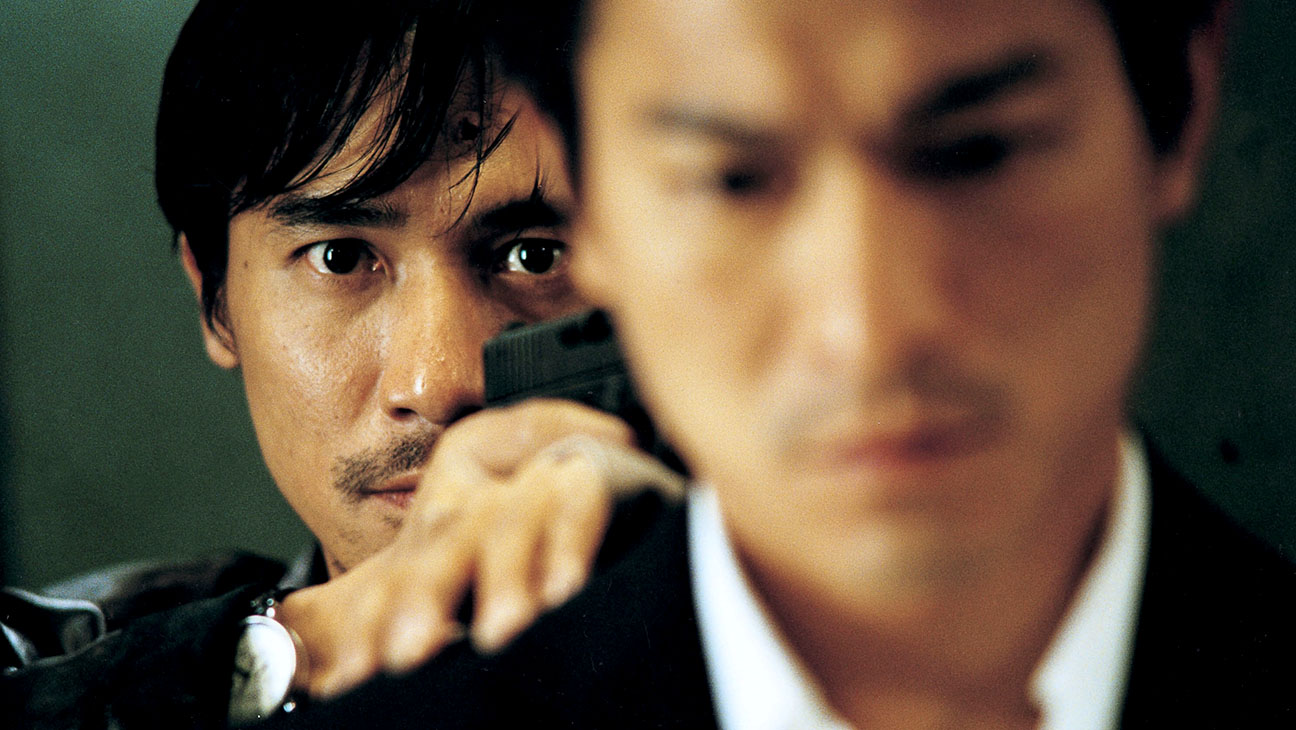
The impact of Asian cinema in the international scene is a fact that cannot be doubted; either we are referring to filmmakers basing/copying/adapting/remaking films from the region, or adopting various elements of the style and aesthetics of the Asian masters of the medium. Evidently, the first that come to mind are the Japanese of the 50s and 60s, like Ozu and Kurosawa, but who could deny the influence of the likes of Satyajit Ray (Martin Scorsese, Francis Ford Coppola, James Ivory, François Truffaut have stated his influence in their style) or John Woo or Park Chan-wook, and so many others.
This list, once more with a focus on diversity, will make an effort to present, by date, 25 of the most influential works of filmmakers like the aforementioned, acknowledging the fact that it could have a plethora of more entries. Nevertheless, one may add as many films as he or she likes, but the fact remains that the particular titles are as influential as any, either/or in their country of origin or internationally.
The reasons these films are so influential vary, and include, apart from the aforementioned, the introduction of styles and artists, the creation of trends, and even the impact at the box office.
25. Spring, Summer, Fall, Winter… and Spring (Kim Ki-duk, 2003, South Korea)
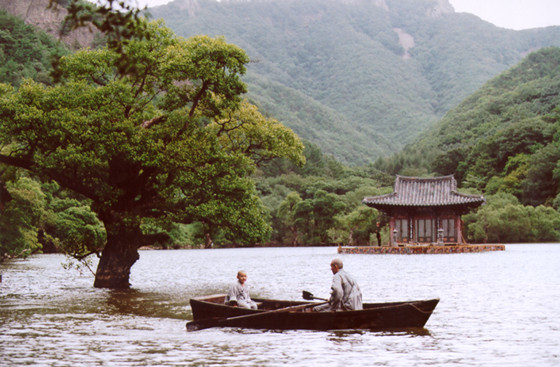
This film is the most widely known feature from the South Korean auteur and is currently one of seven Asian movies to be listed on the 250 top ranking movies on the Internet Movie Database.
An old monk lives with his little apprentice in a small and secluded floating temple. The unwavering teacher guides, perturbs, and punishes the young student when his immaturity and childlike naivety lead him toward violent acts against nature. As the seasons pass, the young pupil becomes an adult, while further embracing the different aspects of Buddhism.
However, when temptation appears in the form of a girl seeking solace in the temple, the youth appears very vulnerable, eventually becoming a prey to his own lust.
Through the life of the young student during the ever-changing seasons, Kim Ki-duk presents the Buddhist notion that physical and emotional violence can be tempered through meditation, which eventually leads to true enlightenment. Furthermore, through the lyricism of nature, Buddhist dogma, and the violence resulting from real life, he manages to communicate to the viewer a sense of peace and calmness.
Lastly, the film entails magnificent images of sceneries that transform through the seasons and the ages.
24. Still Walking (Hirokazu Koreeda, 2008, Japan)
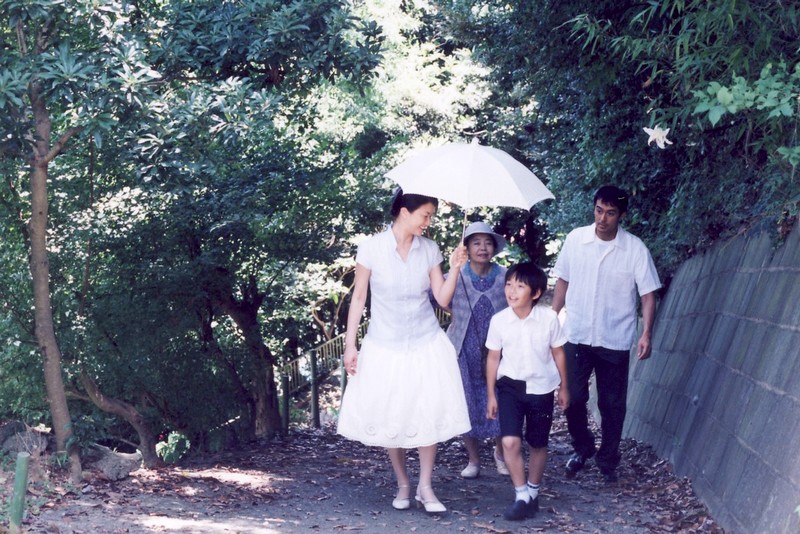
“Still Walking” is a distinct example of Japanese cinema, in both themes and technique, and is the one that established its director as the definite successor of Yasuhiro Ozu.
The son and daughter of the Yokoyama family return to their parents’ house in the country to commemorate the death of their brother, who accidentally drowned 15 years ago. The son, Ryota, has recently married a widow with a young son and has brought them along; the daughter, Chinami, has come along with her husband and their children. However, tensions that preexisted now move to the foreground.
Hirokazu Koreeda directs an ode to realism, a fact stressed by the tensions and the general feelings occurring between the members of the family, which are similar to the ones of every household. The camera use, which is situated extremely close to the set, makes the spectator feel as though he is present in the house where the movie occurs, participating in the discussions in the table and walking around with the protagonists.
Apart from the above, the pace is slow, the dialogues meaningful, the exaltation non-existent, the focus on detail great and the acting sublime, in a true Ozu fashion, however in contemporary terms. Hirokazu Koreeda’s style, which has been one of the most dominant ones in the Japanese scene for years now, finds its apogee in this film.
23. Spring in a Small Town (Fei Mu, 1948, China)
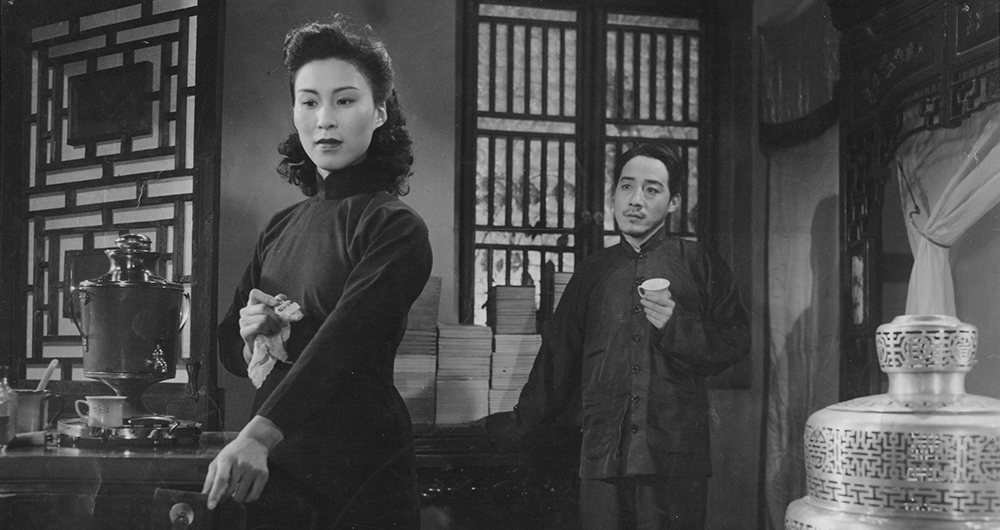
The story revolves around a damaged house in a provincial Chinese town in 1948, following the end of the war and the bombing of the area by the Japanese. The owner, Liyan, a depressed and hypochondriac man, cannot afford to repair it, while his deteriorating relationship with his wife, Yuwen, adds to his emotional status. In this context, the arrival of an old friend of his, Doctor Zhan, feels like a great event, with Liyan welcoming the visitor warmly.
However, he does not know that the doctor used to have an affair with Yuwen, with his wife appearing to retain her feelings for him. However, as the two cannot entertain their passion, they start discussing a potential marriage between the doctor and Yuwen’s kid sister Xiu, with the rest of the story revolving around this quadrangle.
The film was only able to find its audience and had a resurgence in popularity after the China Film Archive made a new print in the early 1980s. Today it is considered one of the most significant Chinese classics, while in 2005, the Hong Kong Film Awards Association named it the greatest Chinese film ever made.
22. Pyaasa (Guru Dutt, 1957, India)
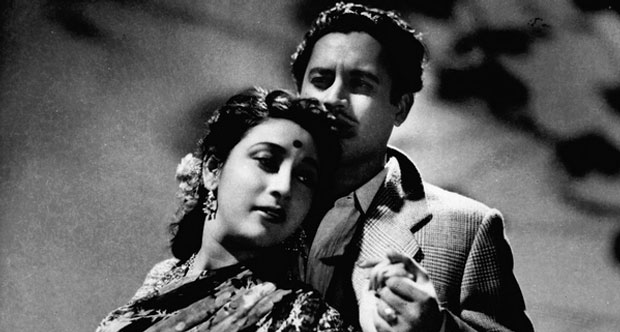
Guru Dutt directed and starred in the film as Vijay, an unemployed young man with artistic aspirations who runs away from his home due to his brothers’ lack of understanding. As he tries to become a poet, he is met with continuous rejections, and has to constantly face the harsh realities of the world. In his misery, a woman, Gulab, provides the only support in the life of a man who desperately seeks love and respect.
Dutt is outstanding in both his capacities, with “Pyaasa” being one of the most memorable movies of his career. In 2002, the film was ranked at No. 160 on the Sight & Sound critics’ and directors’ poll of all-time greatest films. In 2005, “Pyaasa” was rated as one of the 100 best films of all time by Time magazine, which called it “the soulfully romantic of the lot.” Indiatimes Movies ranks the movie amongst the Top 25 Must See Bollywood Films. On the occasion of Valentine’s Day 2011, Time magazine has declared it as one of the top 10 romantic movies of all time.
21. The Housemaid (Kim Ki-young, 1960, South Korea)
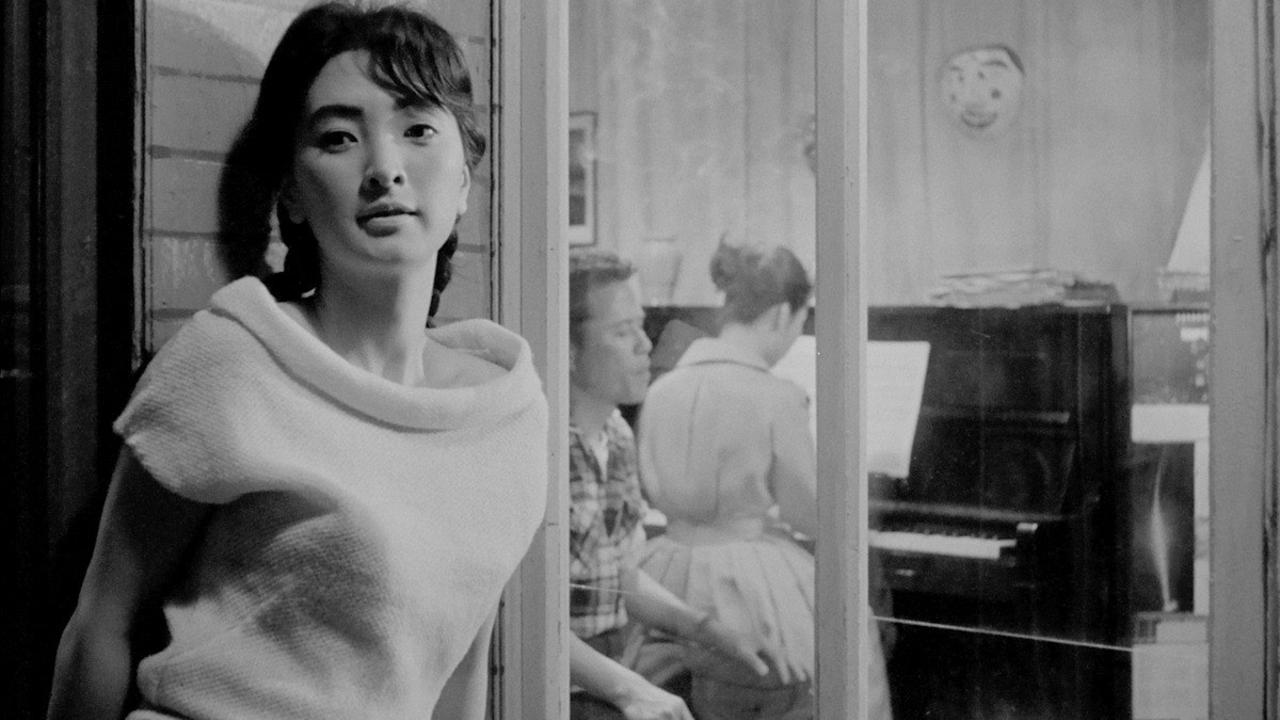
Dong-sik is a middle-aged composer struggling to take care of his pregnant wife and two kids. Eventually, he hires a housemaid to help him in the house, but the strange and sultry woman proves a true femme fatale, and immediately shows her will to seduce him. As her attitude is more than evident, the showdown with his wife becomes inevitable, with the two women using every trick in the book to gain the upper hand toward the unsuspecting lover.
Kim Ki-young directs a domestic noir that borders on becoming a thriller, as sexual obsession, manipulation and extreme ways become the centers of a game that eventually unravels a family.
The film’s script and ingenious narrative are still shocking more than a half a century later, with Koreanfilm.org referring to the film as a “consensus pick as one of the top three Korean films of all time.”
20. Project A (Jackie Chan, 1983, Hong Kong)
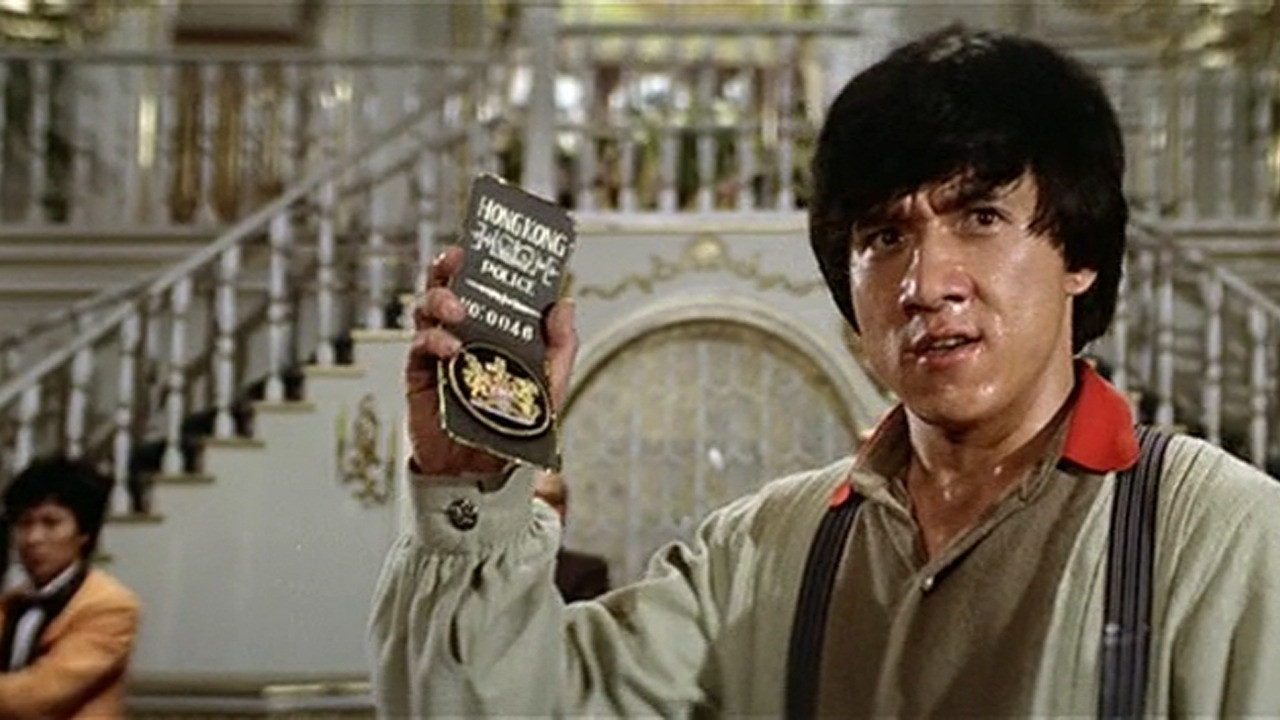
Dragon Ma is a member of the coast guard in Hong Kong, whose purpose is to neutralize the pirates’ activity in the area, which infest the seas. During preparations for a large expedition for this cause, the pirates succeed in detonating the majority of the coast guard’s ships, thus canceling the entire operation. Subsequently, the coast guard is dismantled and their members are forced to join the police, who were their rivals up to that point. Major Tzu is assigned the leadership of the project.
A bit later, Dragon picks up information from a former friend of his, Fey, a minor crook, concerning the treachery that aborted the expedition against the pirates, and the two of them proceed to solve the mystery in order to reinstate the coast guard.
All of the “Three Brothers,” Jackie Chan, Sammo Hung (who also co-directed), and Yuen Biao star in “Project A.” The inclusion of Dick Wei, as the leader of the pirates, makes obvious that the crème de la crème of Hong Kong action was present here.
Every action scene in “Project A” is sublime; the initial scene in the restaurant and the fight between the coast guard and the police, the one in the private club, the unrelenting chases through the streets of Hong Kong and the final battle are scenes worth watching again and again. Chan exhibited his best performance within the excellent action choreography.
“Project A” was an enormous success in Hong Kong and Southeast Asia, with the emperor of Japan insisting that Chan shoot a second part, a request that was eventually met.
Finally, this was the first time in a Jackie Chan movie that the shooting of the various stunts was shown in the conclusion of the film, a practice that accompanied him, from then on, in all of his movies.
19. A Better Tomorrow (John Woo, 1986)
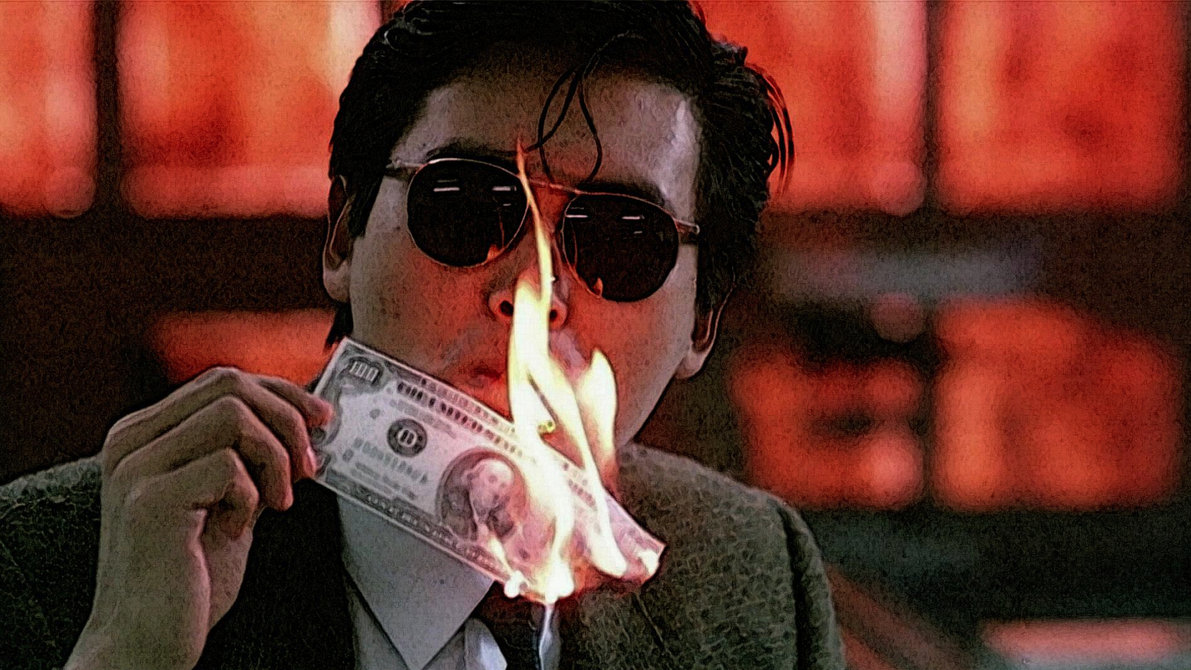
This particular title is one of the foremost significant films of this industry, primarily for getting off the ground the careers of two of its most distinguished members, John Woo and Chow Yun-fat, and reinstating Lung Ti, whose career was in shambles after his departure from the Shaw Brothers. Also of note is the fact that it was one of the initial films of Tsui Hark’s newly created production company, and he insisted in the presence of the aforementioned.
The script revolves around the relationship of Tse Ho, a top triad member, with his adopted brother from the organization, Mark “Gor” Lee and his actual brother, Tse Kit, who has just graduated from the Police Academy.
Being evidently low budget, the film nevertheless entails a plethora of impressive shooting scenes, the majority of whom additionally encompass a vivid sense of humor, chiefly presented by Chow Yun-fat, who plays Lee. Despite the fact that the protagonist is Lung Ti as Ho, who definitely shows his talent, the aforementioned is the one who upstages the rest of the cast, with his smooth, humorous and enchanting style of acting.
“A Better Tomorrow” was a colossal box office success, additionally netting a plethora of awards from all over Asia. Furthermore, it was the one that established the gangster subgenre in Hong Kong.
18. A City of Sadness (Hou Hsiao-Hsien, 1989, Taiwan)
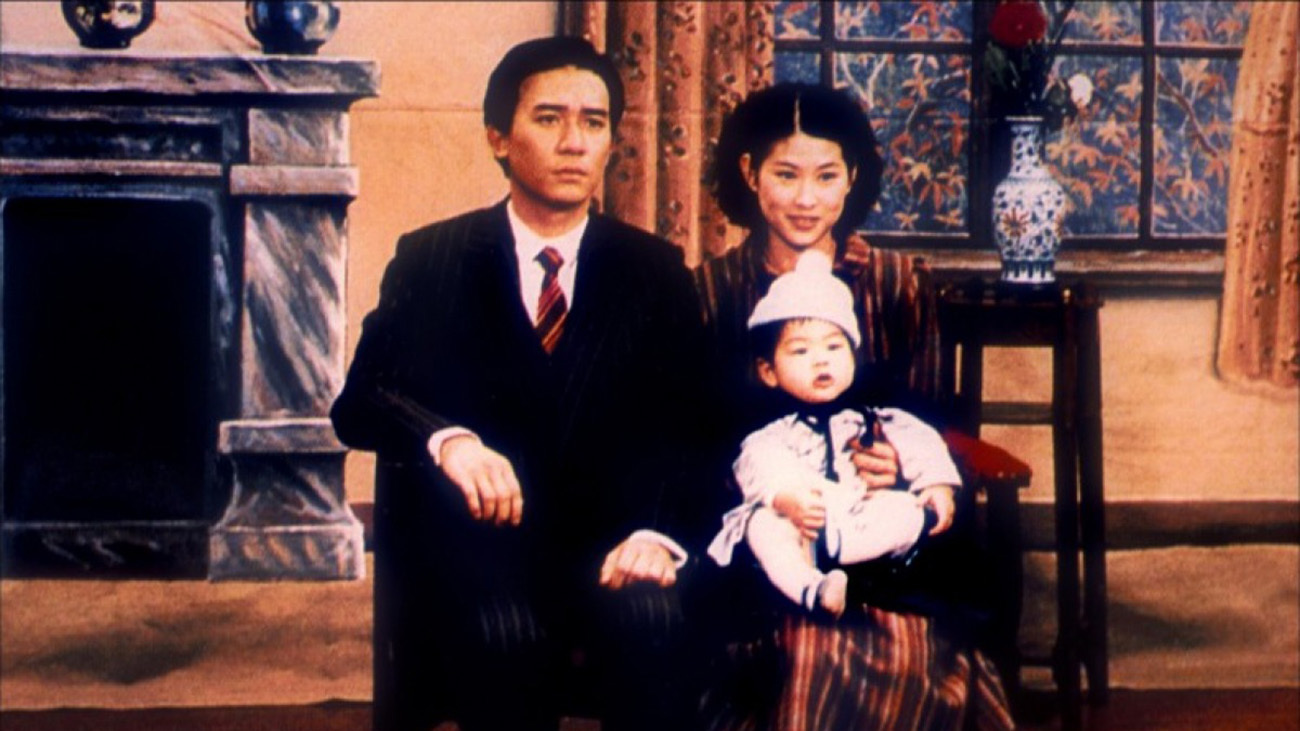
The script describes the life of Lin family during the turbulent period from 1945, when the Japanese army withdrew from Taiwan after 51 years, to 1949 and the secession from China. The eldest brother, Wen Heung, returns from the war and opens a restaurant he names “Little Shanghai” to honor the reunification with China. The second brother, Wen Leung, became insane during his tour of duty, and is being treated at the local hospital.
Eventually he is released, but due to the lack of job offers, he ends up in organized crime. The third brother, Wen Shun, was stationed in the Philippines but is currently missing in action. The youngest brother, Wen Ching, was excluded from recruiting because he is deaf-mute, and is running a photography studio. These are the central characters among a plethora of others, whose lives change radically after the 2-26 incident.
The film began Hou Hsiao-Hsien’s tendency to deal with a lack of communication, in all its forms. Accordingly, “A City of Sadness” portrays the chasm in communication between the Taiwanese, who yearn for their independence, and the Chinese, who consider them revolutionaries and arrest them.
It shows the cultural chasm between those who live on the mainland and those on the islands, which is intensified by the difference in language. Lastly, it shows the social chasm between the deaf-mute and the girl he likes. In essence, “A City of Sadness” is a social film, presented through the prism of the country’s history.
Tony Leung, who plays the youngest brother, is magnificent as a man who despite his inability, is the most intelligent, and the only one who truly understands the political situation.
It was Hou’s first work to find distribution in Europe, particularly due to its screening at the Venice Film Festival where it won the Golden Lion, the Ciak d’Oro (audience award) and the Unesco Award.